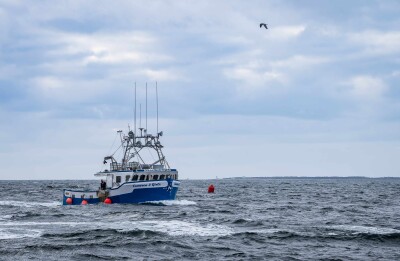With well over a million infesting the waters of the eastern and southern coasts of North America, lionfish are slow-moving environmental disasters affecting ecosystems from Massachusetts to Mexico. Now Robots in the Service of the Environment (RISE) is working with partners to develop a lionfish-killing robot to help contain – or even reverse – the problem. New Atlas caught up with the executive director of RISE, John Rizzi, to find out more about this piscatorial Terminator.
According to NOAA, lionfish are a major environmental problem. Native to the Indo-Pacific region, the invasive species was unknown in American waters until about 25 years ago. No one is certain how they were introduced, but DNA analysis of lionfish caught in the Caribbean, Bahamas, and other places indicates that all the lionfish in the Americas are descended from only a few individuals. This indicates that they were probably the result of private collectors dumping their aquaria into the sea.
Lionfish have now spread as far north as New England and as far south as Venezuela. They're predators with no natural enemies, a voracious appetite that makes them eat almost half their own body weight every day, and a rapid reproductive cycle that sees them sexually mature in a year, with females spawning 30,000 eggs every four to five days. Worse, native fish aren't adapted to them, so the lionfish can simply swim up and eat just about anything it wants without raising an alarm.






